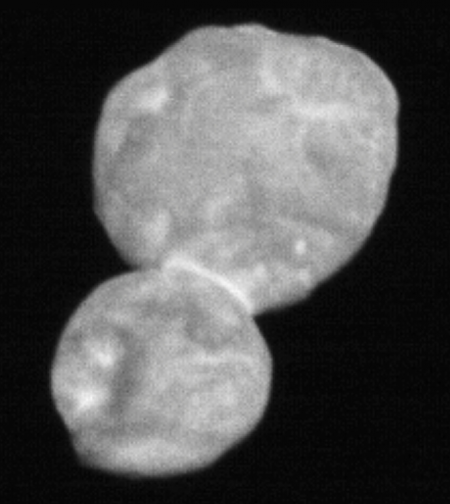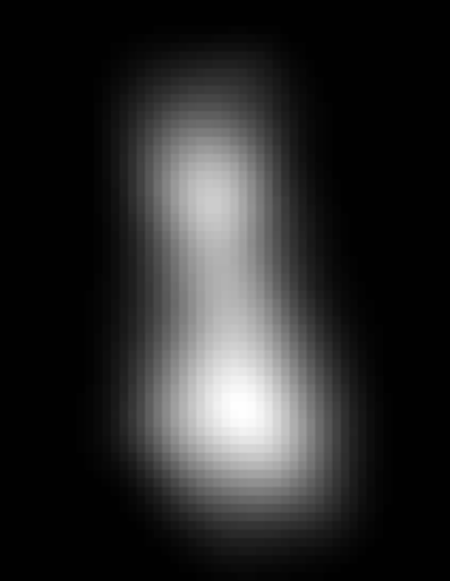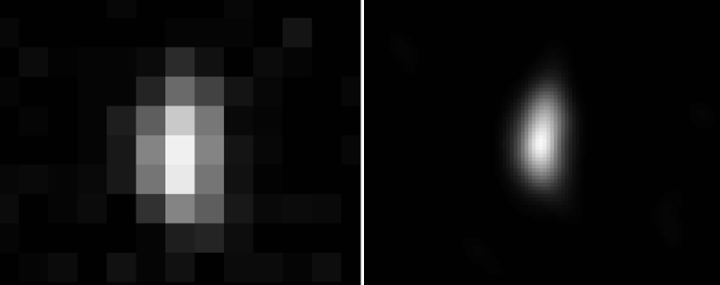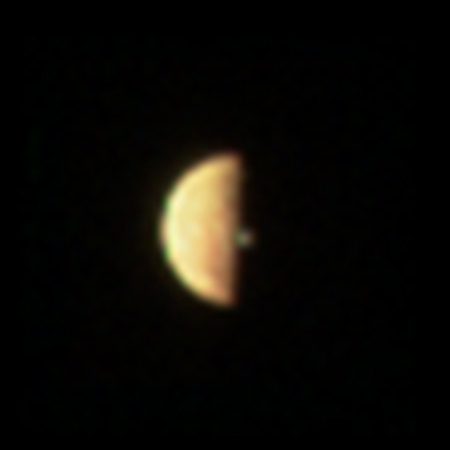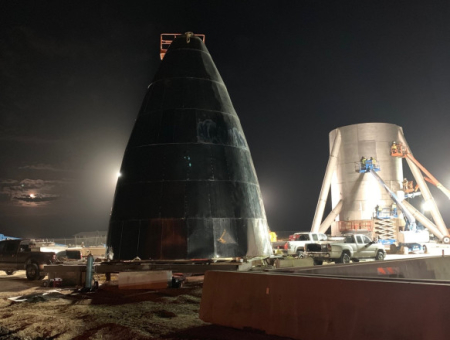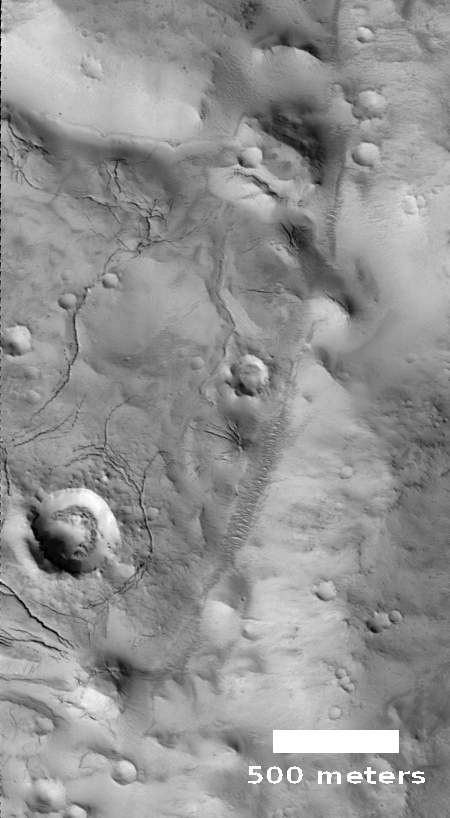Japan yesterday announced that it is quitting the International Whaling Commission, a global whaling regulatory body founded shortly after World War II to regulate commercial whaling that has instead in recent years attempted to ban all commercial whaling, except for favored native tribes in Russia and the Arctic.
The article’s last few paragraphs provide the real political background to this move by Japan:
An IWC-Japan divorce is the culmination of a wide ideological divide at the commission between ardent anti-whaling nations and countries seeking recognition of limited commercial whaling activities as legitimate. The anti-whaling forces have the upper hand, even though IWC’s expansion has seen more pro-whaling countries joining in recent years.
At the Brazil gathering, Japan had attempted to nudge the IWC toward reforms that would have potentially paved the way for a resumption of commercial whaling. The IWC was initially established to regulate whaling but has enforced an outright moratorium on commercial whaling operations since the 1980s in a desperate bid to prevent the extinction of several whale species. Many whale species have since recovered to a degree, but a few are still considered endangered.
Japan’s reform push was easily voted down. Instead, a majority of IWC members voted to have the commission turn its back on commercial whaling for good. That successful resolution also condemned Japan’s scientific whaling practices, widely regarded as a clandestine commercial operation as Japan’s whaling fleet takes hundreds of whales each year, with the meat ending up in grocery stores and restaurants.
IWC also approved subsistence whale hunts for Arctic aboriginal communities.
The large Japanese delegation at Brazil didn’t hide its frustration. The government accuses IWC members of hypocrisy for allowing culture exemptions from the moratorium for Alaskan and Russian native groups, but not for Japan and Scandinavian whaling cultures.
In other words, this commission has become increasingly political. Rather than focusing on protecting whale populations while allowing whaling by all parties, it has decided to pick and choose who can whale, and has decided to ban Japan while giving others the right to whale.
This political bias is not much different than what was seen at the Paris climate accords. Those agreements put odious restrictions on U.S. commercial activity, while putting no restrictions on China and others. It was this political bias, totally divorced from any sincere effort to reduce CO2 emissions, that prompted Trump to exit that agreement.

